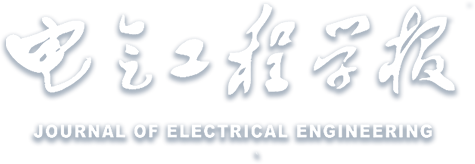Abstract:
The four-switch buck-boost(FSBB) converter is characterized by non-inverting voltages and low voltage stress, making it suitable for applications with wide voltage range. Firstly, in order to reduce switching losses, the FSBB uses a quadrilateral inductor current control strategy to achieve zero voltage switching(ZVS) on. However, it is difficult to maintain the performance criteria at design when the system variables are changed in conventional control. A fuzzy constant frequency control strategy for FSBB is proposed to analyze the principle of quadrilateral inductor current modulation on the basic characteristics of FSBB and to incorporate fuzzy control to optimize the selection of interval in real-time. Next, the output voltage error and its rate of change are identified as input variables to the fuzzy controller, the increments of the proportional integral(PI) parameters are reasoned out, and empirical induction is used to develop the fuzzy rules. Finally, a FSBB prototype with input voltages of 10-40 V and output voltages of 15-35 V is built in the laboratory and superiority of the proposed control strategy is verified by experimental comparison with existing conventional control.


 下载:
下载: